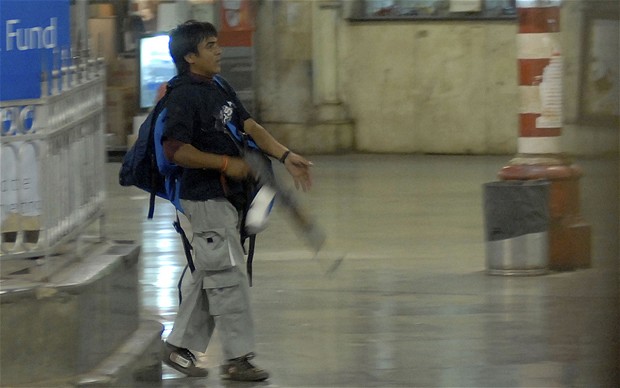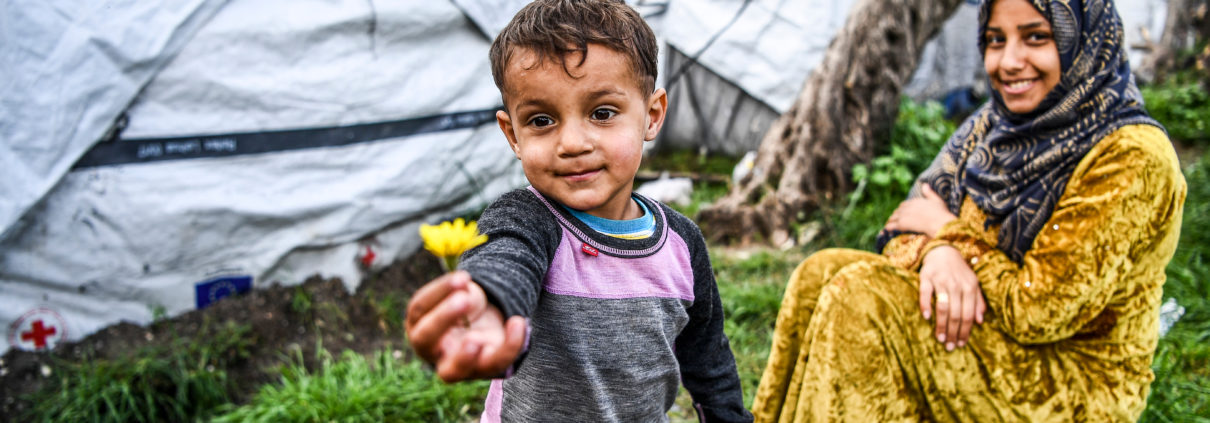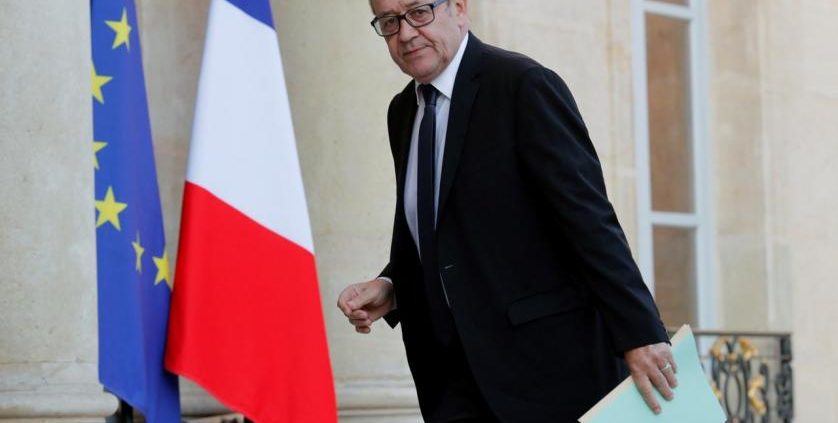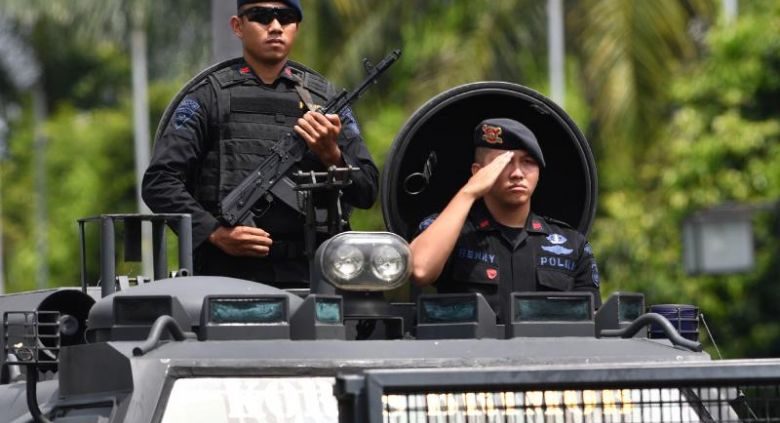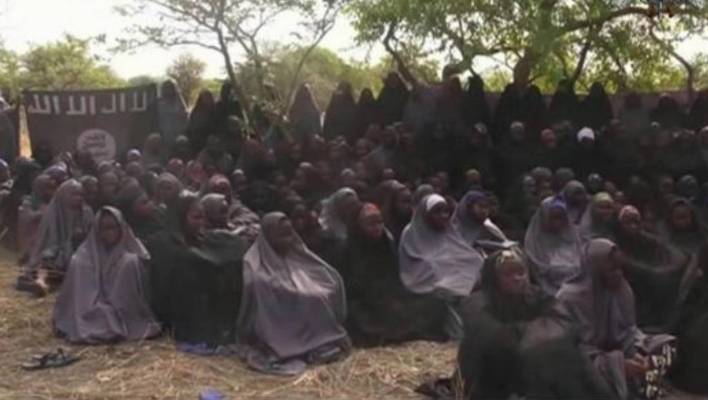Leader-Led Jihad in Pakistan: Lashkar-e-Taiba and the 2008 Mumbai Attack
Leader-Led Jihad in Pakistan: Lashkar-e-Taiba and the 2008 Mumbai Attack
Author: C. Christine Fair
Georgetown University
October 13, 2009
Abstract
This chapter examines leader-led Islamist militancy (a.k.a. “jihad”) in Pakistan. Perhaps
unlike some other chapters in this volume, until the post-9/11 period, the Pakistan state raised
and mobilized numerous so-called jihadi groups to secure external as well as internal security
objectives.
Ashley J. Tellis, a leading expert on South Asian security, wrote on this point that
“In fact, of all the Pakistani- sponsored Deobandi [sic] terrorist groups operating against India in
Kashmir and elsewhere, only one entity— the Hizbul Mujahedeen— began life as an indigenous
Kashmiri insurgent group; the others, including the most violent organizations such as the
Lashkar- e-Toiba [sic], the Jaish- e- Muhammad, and the Harkat- ul- Mujahedeen, are all led,
manned, and financed by native Pakistanis.”
While it is often believed that Pakistan’s utilization of militants dates to the anti-Soviet jihad in Afghanistan, in fact Pakistan began doing so in the founding months of the state. Therefore, Pakistan’s militant groups have been active in and from Pakistan for decades and represent a long-standing facet of national power, whose deployment has been increasingly enabled by Pakistan’s nuclear umbrella.
A comprehensive assessment of “leader-led” jihad in Pakistan is beyond the modest length of this present effort. The empirics of the Pakistan comprise a case of state-led jihad as a form of leader-led jihad. Most of the jihadi leaders and groups in Pakistan are themselves – to varying degrees – led, mobilized or supported by the Pakistani state.
Ostensibly, the “leadership” lending strategic guidance and direction to Pakistan’s militant groups is Pakistan’s intelligence agency, the Interservices Intelligence Directorate (ISI), and the Pakistan Army. These agencies may be more important than any given individual leader, who serves at the behest of these agencies, because these agencies provide important resources for arming, recruiting, training and ultimately conducting operations.
This chapter will focus upon one of the most lethal and effective militant group operating from Pakistan: the Lashkar-e-Taiba or LeT. (LeT regrouped under the name of Jamaat-ul-Dawa when LeT was banned in 2002. For this reason, after 2002, I use the terms JuD and LeT interchangeably). Because LeT differs substantially from other groups operating in Pakistan, this chapter first briefly lays out the key features of the contemporary militant landscape in Pakistan.
Next, this chapter provides key details about the organization and leadership. Third and most important, this chapter provides an account of what is perhaps LeT’s most audacious attack to date: the November 26, 2008 coordinated attack on numerous targets throughout Mumbai, which lasted some 60 hours and killed 172 people while receiving full media coverage on Indian and international media. The chapter concludes with a discussion the policy implications that emerge from this analysis.
Suggested Citation:
Fair, C. Christine, Leader-Led Jihad in Pakistan: Lashkar-E-Taiba and the 2008 Mumbai Attack (October 13, 2009). Available at SSRN: https://ssrn.com/abstract=1753767 or http://dx.doi.org/10.2139/ssrn.1753767

